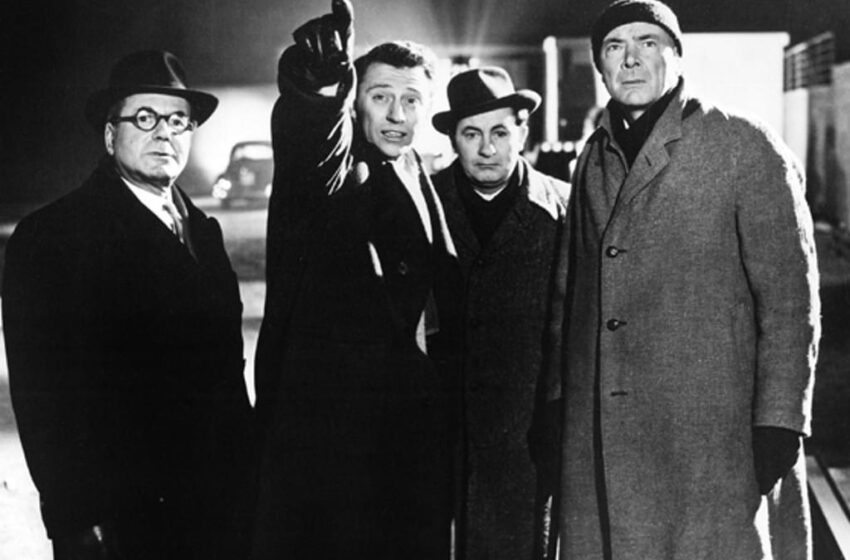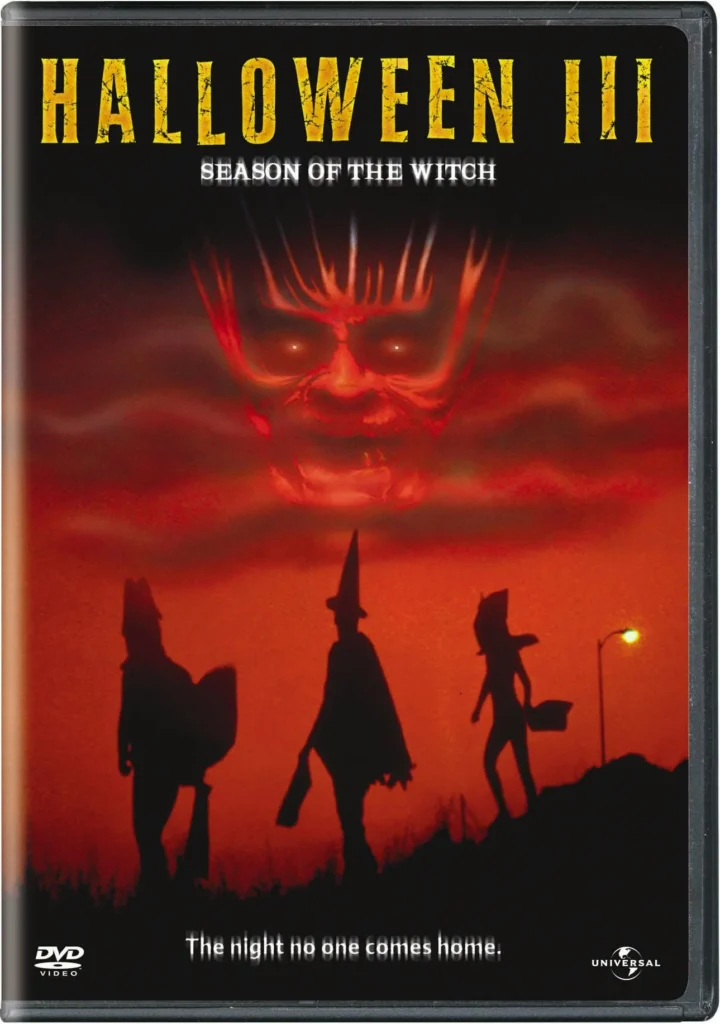
“X the Unknown”: A Monstrous Dive into Atomic Age Paranoia – Review

When one thinks of classic 1950s science fiction horror, certain titles, primarily American, might come to mind. However, across the Atlantic, Britain was brewing its own concoction of chilling tales, and among them was the lesser-known but profoundly intriguing “X the Unknown.”
Narrative Radiance
Set in the Scottish moors, “X the Unknown” unveils a tale of a mysterious and menacing entity, emerging from the Earth’s crust, with an insatiable hunger for radiation. The creature, which remains unseen for a significant portion of the film, embodies the era’s anxieties surrounding nuclear energy and radiation. The narrative thrives on this invisible dread, mirroring the unseen dangers of radiation itself. By channeling public concerns about the potential horrors unleashed by nuclear technology, the movie transforms these fears into a tangible, on-screen terror.
Hammering Out The Details
Produced by the legendary Hammer Film Productions, known for revitalizing the horror genre with classics like “Dracula” and “The Curse of Frankenstein,” “X the Unknown” was initially conceived as a sequel to “The Quatermass Xperiment.” However, after Nigel Kneale (creator of Professor Quatermass) declined to grant the rights, the film was transformed into its own standalone entity. While the absence of Quatermass might be felt by fans of the character, the film’s unique voice and thematic depth ensure it stands tall in its own right.
Directional Switcheroo
Behind the scenes, the film’s production was not without its hiccups. Originally, Joseph Losey, an American director who had recently relocated to Britain to escape the McCarthy-era Hollywood blacklist, was slated to direct. However, after just a few days into shooting, he fell ill, and Leslie Norman stepped in to take over. This switch in direction, though unexpected, did not detract from the final product. Instead, Norman’s more traditional directorial style, coupled with Losey’s initial vision, lent the film a unique tonal balance.
Spectral Special Effects
Given the era, the special effects are remarkably convincing, especially when the radioactive creature is finally revealed. While contemporary audiences, spoiled by CGI wonders, might find the practical effects dated, there’s an undeniable charm and eerie realism in the film’s tactile approach. The boiling, molten mass of the creature, ever-shifting and unpredictable, mirrors the volatile nature of radiation itself.
Casting Highlights
Dean Jagger, in the role of Dr. Adam Royston, brings a gravitas to the film. His portrayal of a scientist battling against the unknown is both relatable and compelling. It’s in his character that we see the embodiment of post-war science: curious, brave, but also cautious of the atomic age’s new frontiers. Supporting performances, especially from the British cast, add to the movie’s atmosphere, blending stoicism with moments of genuine terror.
Legacy and Resonance
“X the Unknown” might not have achieved the same level of acclaim or recognition as some of its contemporaries, but its exploration of atomic age fears and its atmospheric execution has ensured its place in the annals of classic science fiction horror. For those looking beyond the more mainstream 1950s horror offerings, this film is a treasure waiting to be discovered.
While it’s easy to label “X the Unknown” as another monster flick from the 1950s, diving deeper into its narrative layers, production details, and cultural context reveals a movie that is both a product of its time and eerily timeless. As we continue to grapple with the implications of scientific advancements and the unforeseen dangers they might unleash, the film serves as a reminder of cinema’s power to reflect, amplify, and, at times, eerily predict society’s collective anxieties. Whether viewed as a nostalgic throwback or a profound commentary, “X the Unknown” is a cinematic journey worth undertaking.




